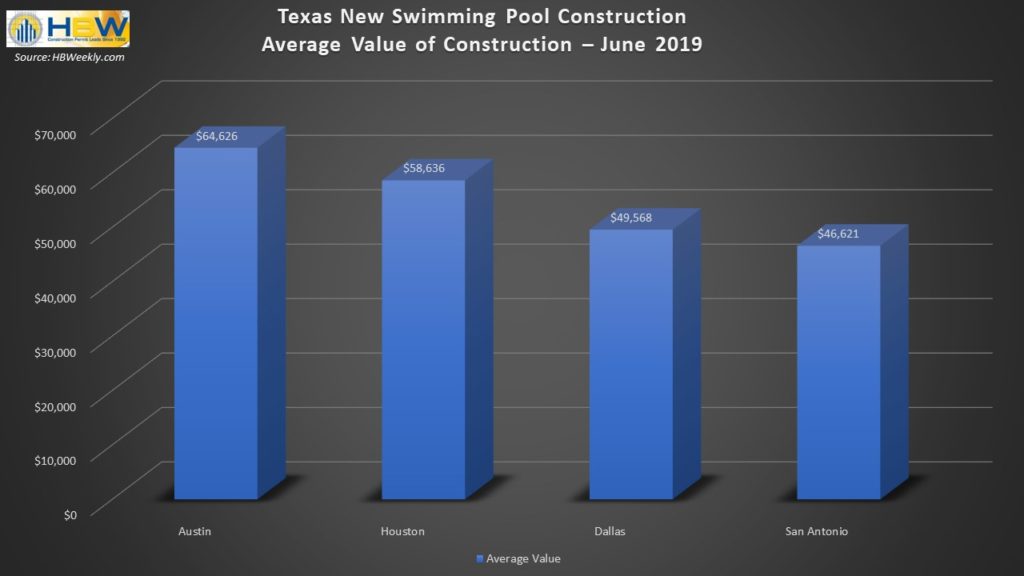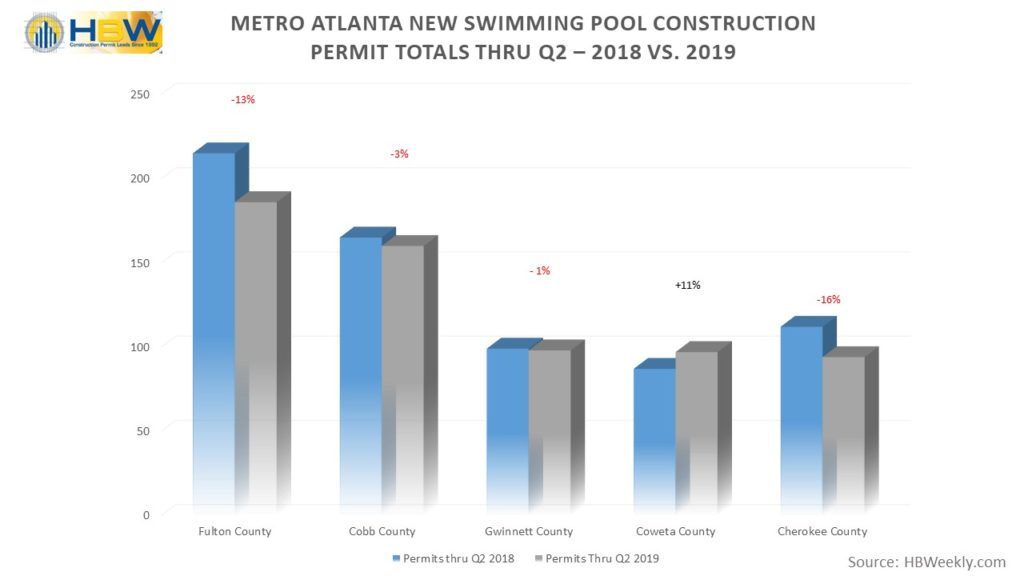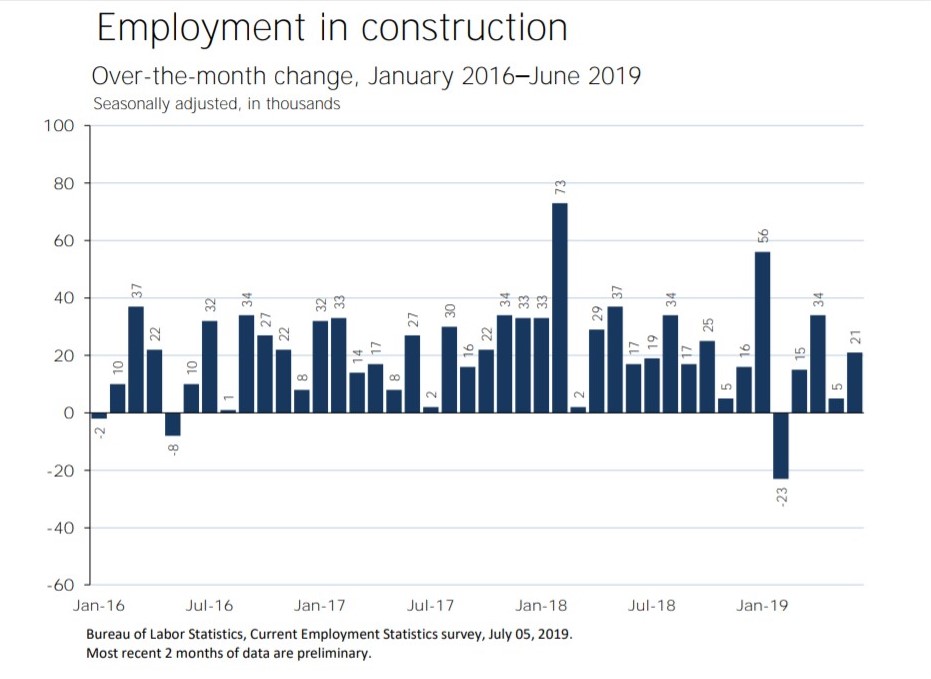An HBW report on the top home builders for new residential construction permits on file in Texas for the month of June 2019

Home builders in Texas are certainly busy as of late – In a recent report published by Dallas Morning News, the Dallas-Fort Worth homebuilding market ranks #1 in the U.S. (as of Q1-2019), and Houston ranks second. Home construction in the Dallas area totaled more than 34,500 units on an annualized basis and 30,000 in Houston according to the data shared by Metrostudy, Inc.
When looking at the latest residential construction permit data from HBW for the month of June 2019, both Houston and Dallas continue to lead Texas metro areas. Last month, Houston ranked #1 for total housing starts with more than 2,600 new residential construction permits added to the HBW database, and Dallas ranked #1 for average value of new home construction (average value: $296,988).
Here is a closer look at new residential construction permits and the leading home builders for Houston, Dallas, Austin and San Antonio during the month of June 2019:
Houston
As previously stated, Houston held the greatest total amount of new permits in comparison to other Texas metro areas. Last month, there were 2,612 housing starts with a total construction value of approximately $531.7 million. The average value of new construction was on the lower end of the spectrum at $203,570, and more than half of all new permits originated from Harris County (1,382 permits).
Out of the approximately 345 active home builders on file for the month, the following ranked as the top five for total new permits:
| Builder | Total Permits |
| K Hovnanian Homes | 184 |
| Lennar Homes | 174 |
| Perry Homes | 132 |
| D.R. Horton | 113 |
| Taylor Morrison Homes | 109 |
Dallas
Last month, Dallas ranked second highest for new home construction having nearly 1,850 housing starts with a total construction value in excess of $548 million. The average value of new construction was highest in Dallas (average value: $296,988) in comparison to the other areas reviewed, and the greatest amount of new construction activity could be found in the counties of Tarrant (488 permits) and Collin (484 permits).
Out of the more than 270 active home builders on file, the following rank as the top five for total new residential construction permits for the month:
| Builder | Total Permits |
| D.R. Horton | 285 |
| Highland Homes | 96 |
| Beazer Homes | 71 |
| First Texas Homes | 68 |
| Pulte Homes | 60 |
Austin
In Austin, there were 915 housing starts with a total construction value of more than $237.8 million last month. The average value of construction was $259,921, and more than half of all new permits originated from Travis County (542 permits).
Out of the 125 active home builders on record last month, the following ranked as the top five for total new permits:
| Builder | Total Permits |
| Lennar Homes | 116 |
| KB Homes | 76 |
| Pulte Homes | 66 |
| D.R. Horton | 54 |
| Gehan Homes | 48 |
San Antonio
In San Antonio, there were approximately 450 housing starts with a total construction value of nearly $88 million during the month of June. The average value of new construction was lower in San Antonio (average value: $196,861) in comparison to other metro areas reviewed, and the bulk of all new home construction activity took place in Bexar County (338 permits).
Out of the 85 active home builders in the area last month, the following ranked as the top five for total new permits:
| Builder | Total Permits |
| KB Homes | 49 |
| LGI Homes | 44 |
| AHV Vertical | 30 |
| Bella Vista CMI | 28 |
| M/I Homes | 24 |
To gain more information on the builders, homeowners and permits for the construction activity above, check out HBW for your copy of the latest construction data reports. To gain access to the HBW database and receive custom and detailed reports on the latest residential and commercial building activity in Florida, Georgia, Texas, Alabama, and Oklahoma, please contact HBW for details.








 If your business is not using Instagram, you may be missing out on easy opportunities to reach your target audience. Consider the fact that one billion people use the social media platform every month, and of all the social networks, only Facebook and YouTube have more people logging in each day. Additionally, out of the one billion monthly active users on Instagram, more than 500 million of them use the platform every day (source:
If your business is not using Instagram, you may be missing out on easy opportunities to reach your target audience. Consider the fact that one billion people use the social media platform every month, and of all the social networks, only Facebook and YouTube have more people logging in each day. Additionally, out of the one billion monthly active users on Instagram, more than 500 million of them use the platform every day (source: 
